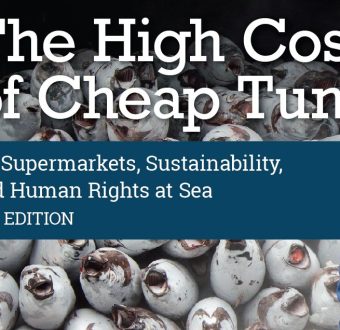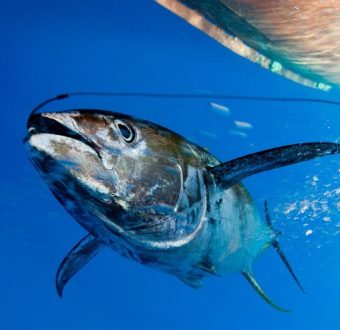Its that time of year again when grocery stores run out of pumpkin pie filling and there are rumors of a turkey shortage.
With Thanksgiving this week, you might be making shopping lists and counting just how many people you can fit at your table.
Its easy to take the food that appears before us for granted particularly during the holidays. However, there is one really important creature responsible for much of our favorite Thanksgiving fare.
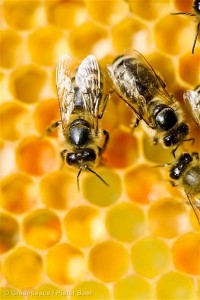 Bees are responsible for pollinating a third of our food. Without them, we could be in big trouble. Unfortunately, bees are at risk from habitat invasion, climate change and the overwhelming use of harmful pesticides called neonicotinoids in the United States. The European Union suspended the use of those same pesticides last spring.
Bees are responsible for pollinating a third of our food. Without them, we could be in big trouble. Unfortunately, bees are at risk from habitat invasion, climate change and the overwhelming use of harmful pesticides called neonicotinoids in the United States. The European Union suspended the use of those same pesticides last spring.
The Environmental Protection Agency now has the power to do the same thing and took a big step recently by requiring labeling on the pesticides that do cause harm to bees in Oregon, a state that has seen a major decline in bee populations.
Here are 7 traditional Thanksgiving foods that we wouldn’t be enjoying if it weren’t for bees.
7. Stuffing
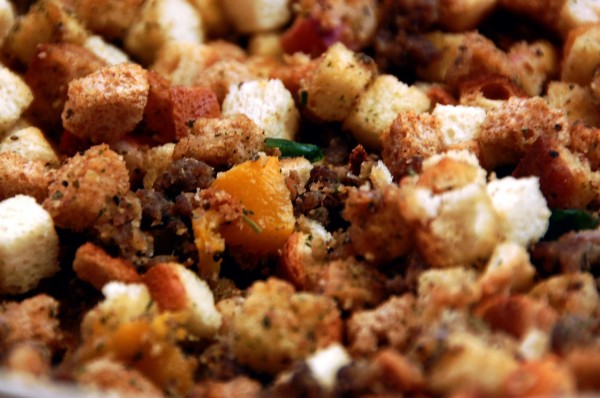
6. Vegetables including squash, brussel sprouts and broccoli
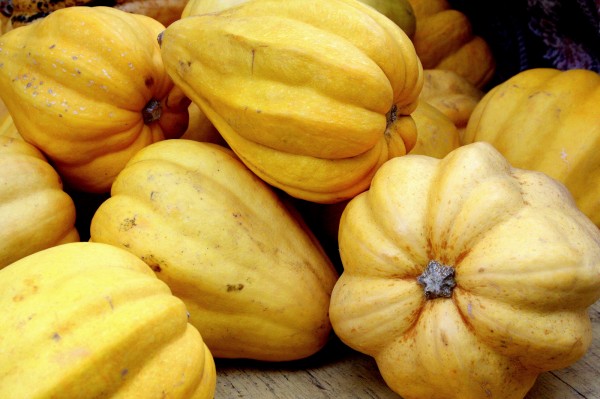
5. Sweet potatoes

4. Pumpkin pie

3. Nuts
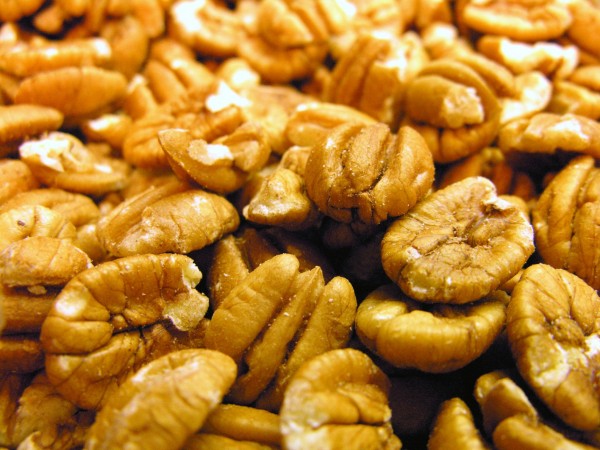
2. Apple pie

1. Cranberry Sauce



